Moringa
Bud worm
Symptoms of damage
Identification of pest
Eggs: Creamy oval eggs laid singly on flower buds
Larva: Dirty brown with a prominent mid dorsal stripe, black head and prothoracic shield
Pupa: Pupation takes place in earthen cocoon in the soil
Adult: Forewings are dark brown in colour, Hind wings are white with brown border
Management
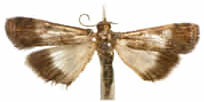
Leaf caterpillar
Symptoms of damage
Identification of pest
Egg: creamy white oval eggs and laid in clusters on leaves
Larva: Devoid of prothoracic shield
Adult: Similar to N. moringae but bigger in size
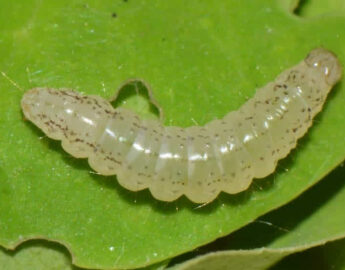
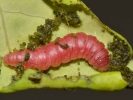
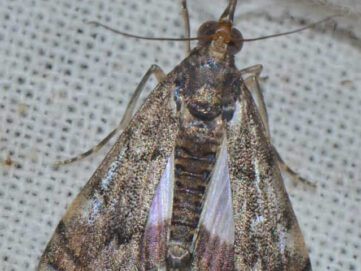
Management
Hairy caterpillar
Symptoms of damage
Identification of pest
Eggs: Laid in clusters on leaves and tender stem
Larva: Brownish in colour with densely hairy
Adult: Large size moth with uniform light yellowish brown in colour


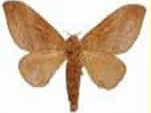
Management
Pod fly
Symptoms of damage
Identification of pest
Egg: Cigar shaped, laid in groups on the grooves of tender pods
Maggot: Cream coloured maggot
Adult: Yellowish fly with red eyes
Management

Bark caterpillar
Symptoms of damage
Identification of pest
Larva: long, stout and dirty brown in colour
Adult: Pale brown moth. Forewings has brown spots and streaks, Hind wings are white in colour


Management
Source: https://agritech.tnau.ac.in/
